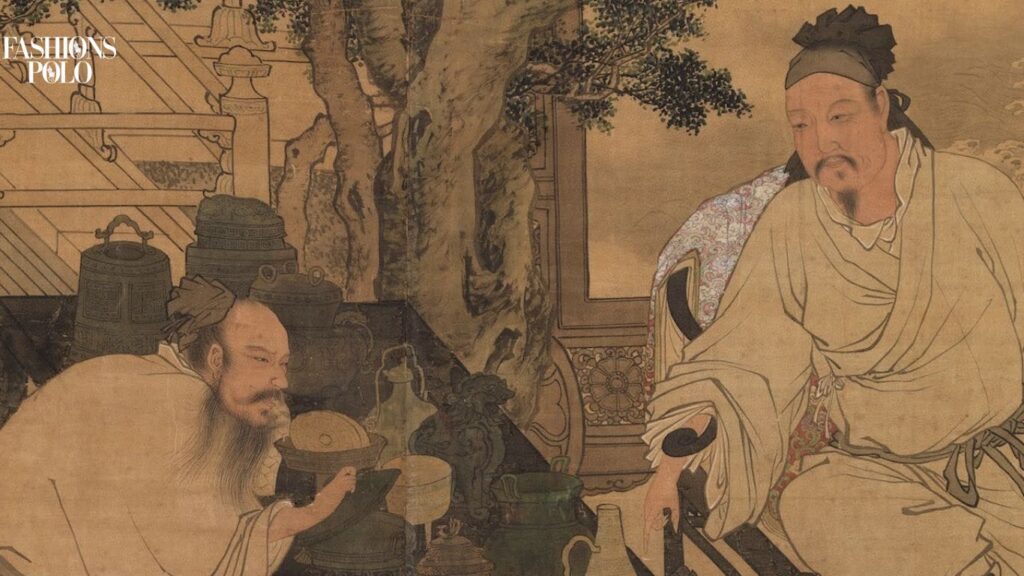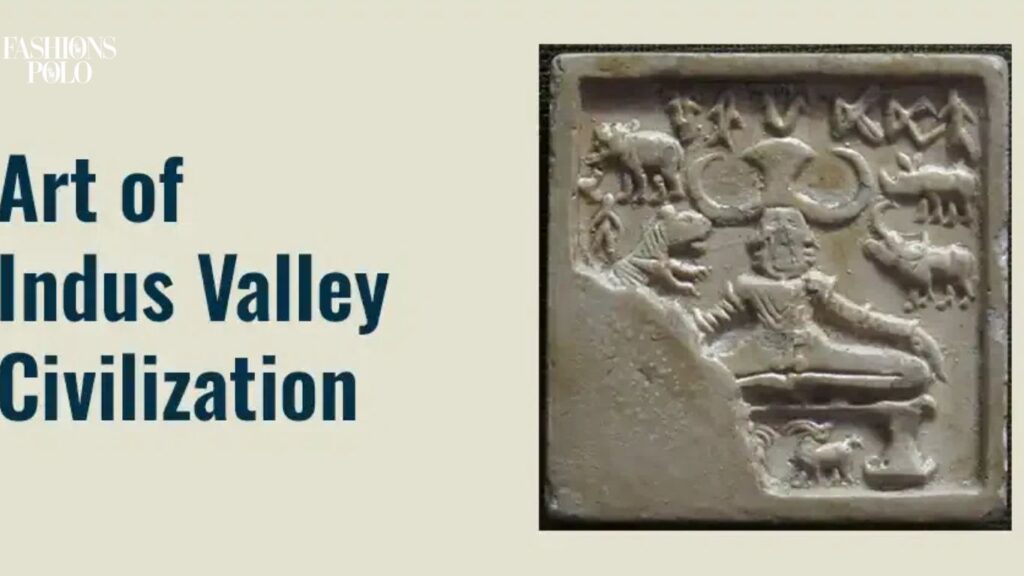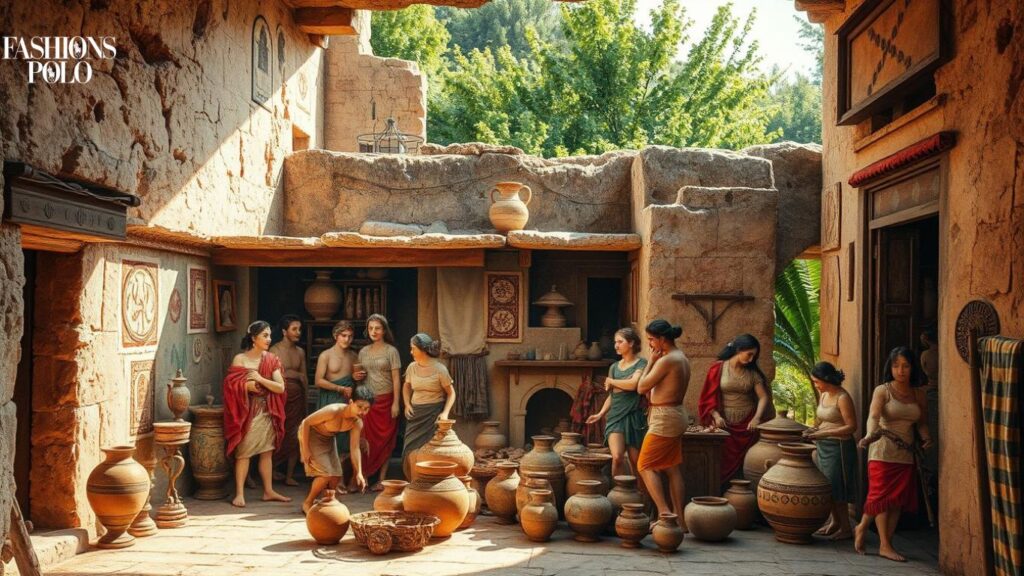Ancient art stands as humanity’s earliest form of expression. Through millennia, our ancestors left behind remarkable traces of their creativity and cultural identity. These artistic remnants tell stories of civilizations long past, revealing their beliefs, traditions, and daily lives.
Introduction
The journey into ancient art begins with primitive marks on cave walls. Cultural expression emerged as humans developed consciousness and the need to communicate. Early societies used natural pigments and basic tools to create lasting impressions.
These artistic endeavors evolved from simple handprints to complex narrative scenes. The significance of these artworks is profound, as they represent humanity’s quest for meaning and understanding.
Oldest Sculpture
Deep within caves, archaeologists discovered the Venus of Hohle Fels. This ivory figurine dates back 40,000 years and showcases the remarkable skill of ancient craftsmen. Carved from mammoth tusks, the sculpture represents fertility and feminine power in prehistoric times.
The intricate details reveal sophisticated carving techniques of our ancestors. This figurine is more than just art; it’s a symbol of early human values and societal structures.
Earliest Known Artwork
The Blombos Cave in South Africa holds geometric patterns dating back 73,000 years. Red ochre marked stones show deliberate artistic intention. These ancient humans created abstract designs, marking the dawn of symbolic thinking.
This early artwork demonstrates cognitive development and the ability to communicate complex ideas. It highlights humanity’s intrinsic need to express thoughts and emotions visually.
Modern Techniques in Art Conservation
Today’s conservators use advanced technology to preserve ancient treasures. Digital scanning creates detailed records of artifacts, allowing for virtual exhibitions.Chemical analysis reveals original pigments and materials, helping to reconstruct lost colors.Climate-controlled environments protect delicate pieces from deterioration.
Restoration experts work meticulously to maintain historical integrity, ensuring that future generations can appreciate these ancient marvels. The importance of preserving these artworks cannot be overstated, as they serve as bridges to our past.
The Influence of Religion on Ancient Artz
Religious beliefs significantly shaped artistic expression throughout history. Sacred symbols appeared consistently across cultures, serving as a means to convey spiritual messages. Temple walls carried divine narratives through art, reflecting the values and priorities of the society.
Ritual objects often displayed intricate motifs, demonstrating the connection between daily life and spiritual practices. Artists acted as mediators, channeling the divine into tangible forms, thus deepening the relationship between the sacred and the everyday.
Mayan Art
The Mayan civilization produced sophisticated sculptures, pottery, and murals that reflected their complex society. Their artistic style was deeply intertwined with astronomical knowledge, often depicting celestial events in their artworks. Hieroglyphic writing merged seamlessly with visual elements, creating a rich narrative tapestry.
Color held profound symbolic meaning in Mayan culture, with each hue representing different deities and ideas. The legacy of Mayan art continues to captivate modern viewers, offering insights into their rich cosmology and cultural practices.
READ THIS BLOG : Walk Thru Majestic Kingdom: Discover the Magic of Museland
A Glimpse into African Art
African art traditions span thousands of years, showcasing the continent’s rich diversity. Tribal masks and sculptures reveal deep spiritual connections and serve significant roles in rituals. In places like Benin, bronze casting reached remarkable sophistication, highlighting the artistry of metalwork.
Wood carving traditions, passed down through generations, reflect community identities and values. African art has significantly influenced modern artistic movements, emphasizing the importance of heritage in contemporary creativity.
The Art of Ancient China
Chinese art emphasizes harmony with nature, reflecting the philosophical beliefs of Confucianism and Taoism. Bronze vessels, intricately designed, showcase exceptional craftsmanship and often served ritualistic purposes. Jade carving developed a unique symbolic language, with each piece representing various virtues.

Calligraphy emerged as one of the highest art forms, reflecting the importance of written language in Chinese culture. Artistic traditions in China have continued unbroken for millennia, demonstrating a profound respect for heritage and artistic expression.
Roman Art
Romans excelled in portraiture and architectural decoration, blending practicality with aesthetic beauty. Mosaic floors adorned public and private spaces, telling stories of daily life and mythology. Wall paintings preserved in Pompeii showcase the artistic skill and attention to detail characteristic of Roman art.
Engineering precision merged seamlessly with artistic intent, as seen in their grand structures like the Colosseum and aqueducts. Roman art played a pivotal role in shaping European artistic development, influencing styles for centuries.
Greek Art
Greek artists are renowned for their mastery of ideal proportions in sculpture and architecture. They sought beauty and balance, principles that guided their creative process. Pottery painting evolved to include narrative techniques, illustrating myths and everyday scenes.
Temple architecture showcased a perfect harmony of form and function, with structures like the Parthenon embodying their artistic ideals. The mathematical principles underlying Greek aesthetics have profoundly influenced Western art history, making Greek art a cornerstone of artistic education.
Ancient Egyptian Art
Egyptians created art with the primary purpose of ensuring eternal life. Tomb paintings preserved stories and rituals intended for the afterlife, reflecting their beliefs about death and rebirth. The hierarchical scale in these artworks indicated social importance, with gods and pharaohs depicted as larger than ordinary people.
Artists adhered to strict canonical rules, ensuring consistency and continuity in their representation of subjects. Egyptian art remained stable for thousands of years, emphasizing the society’s commitment to its religious and cultural values.
Mesopotamian Ziggurats
Ziggurats, massive step-like structures, represented cosmic mountains reaching skyward. Their construction required advanced architectural knowledge and resources. Decorated walls displayed not only political power but also religious devotion, often dedicated to the gods.
Clay tablets preserved artistic techniques, offering insights into the culture’s artistic practices. These monumental structures influenced later religious architecture, becoming a defining feature of Mesopotamian civilization.
Indus Valley Civilization Art

The art of the Indus Valley Civilization reflects a high level of sophistication. Artists created intricate seal carvings that depicted animals and deities, often used in trade and administration. Pottery from this civilization displayed geometric precision and artistic flair.
Small sculptures revealed details of daily life, emphasizing the interconnectedness of art and society. Urban planning integrated artistic elements, showcasing the importance of aesthetics in their civilization.
Ancient Artz and Modern Society
Contemporary artists often draw inspiration from ancient works, bridging the gap between past and present. Museums play a crucial role in preserving cultural heritage, allowing future generations to engage with history. Ancient techniques inform modern artistic practices, encouraging a dialogue between different eras of creativity.
Digital technology enhances our understanding of historical methods, providing new avenues for exploration and appreciation. Society gains identity through artistic connections, reinforcing the idea that art is a shared human experience.
Frequently Asked Questions
How did ancient artists create their colors?
Ancient artists used natural minerals, plant extracts, and animal products to create pigments. This process was labor-intensive but resulted in vibrant hues.
Why did ancient art often feature animals?
Animals represented both spiritual beliefs and daily survival concerns in ancient societies. They were symbols of strength, fertility, and divinity.
How do we date ancient artworks?
Scientists use carbon dating, contextual analysis, and material study to determine the age of artworks, providing valuable insights into their historical significance.
Were ancient artists professionals?
Many ancient societies had dedicated artisan classes who trained extensively in their crafts. This specialization allowed for the refinement of artistic techniques.
How did ancient art influence modern styles?
Ancient artistic principles continue to inspire contemporary artists, influencing styles, themes, and techniques in modern aesthetics.
Conclusion
Ancient art remains a testament to human creativity and innovation. Each civilization contributed unique perspectives to artistic development. Cultural exchange enriched artistic traditions across regions, showcasing the interconnectedness of human experiences.
Modern society continues learning from ancient artistic wisdom, finding inspiration in these timeless creations. The study of ancient art connects us with our shared human heritage and deepens our understanding of past societies.
As we appreciate these artistic achievements, we also recognize the enduring legacy of creativity that shapes our world today. Future generations will discover new meanings in these works, ensuring that ancient artistic traditions live on through modern interpretation.

Brook with 5 years in celebrity styling. Transforms A-list looks into wearable trends.
Expert in red carpet glamour and everyday chic for the stars.





